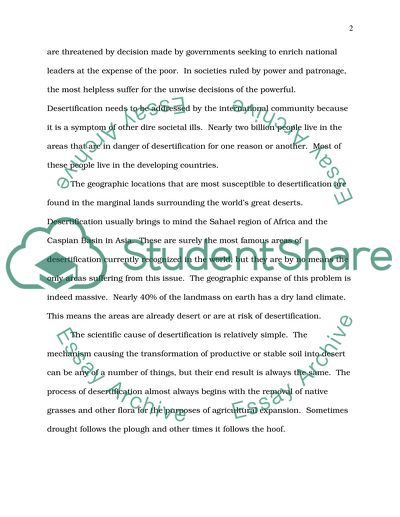Cite this document
(“Desertification a quiet phenomenon Essay Example | Topics and Well Written Essays - 2000 words”, n.d.)
Retrieved from https://studentshare.org/environmental-studies/1588582-desertification-a-quiet-phenomenon
Retrieved from https://studentshare.org/environmental-studies/1588582-desertification-a-quiet-phenomenon
(Desertification a Quiet Phenomenon Essay Example | Topics and Well Written Essays - 2000 Words)
https://studentshare.org/environmental-studies/1588582-desertification-a-quiet-phenomenon.
https://studentshare.org/environmental-studies/1588582-desertification-a-quiet-phenomenon.
“Desertification a Quiet Phenomenon Essay Example | Topics and Well Written Essays - 2000 Words”, n.d. https://studentshare.org/environmental-studies/1588582-desertification-a-quiet-phenomenon.


